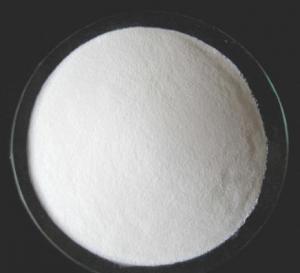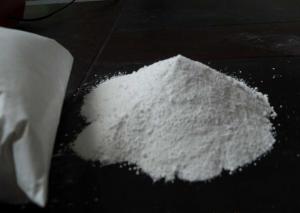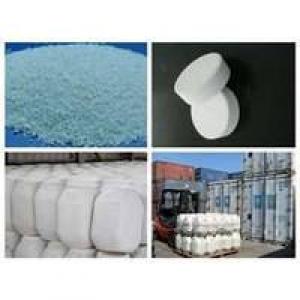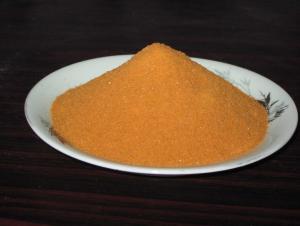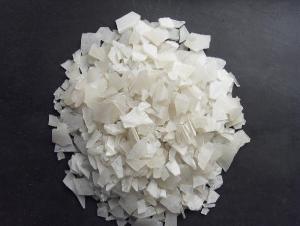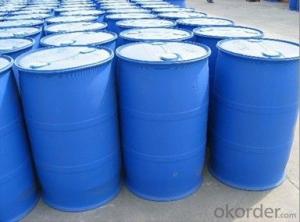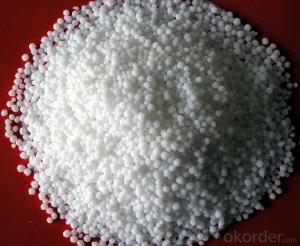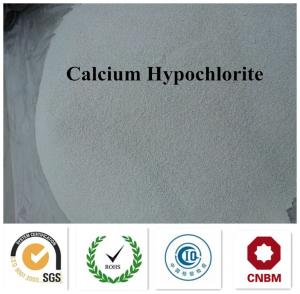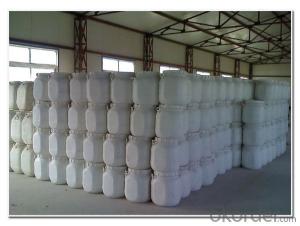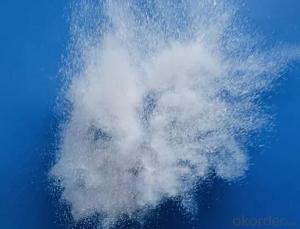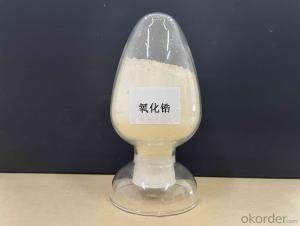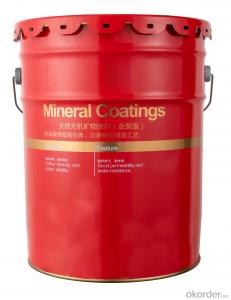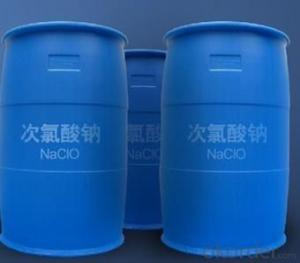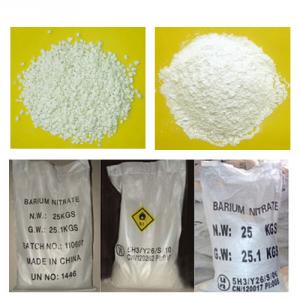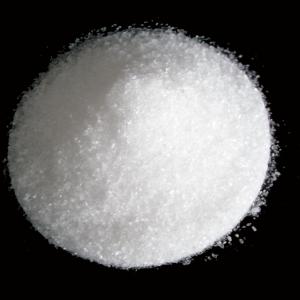Good Quality of Sodium Hydrosulfite in China
- Loading Port:
- Qingdao
- Payment Terms:
- TT or LC
- Min Order Qty:
- 22 m.t.
- Supply Capability:
- 3000 m.t./month
OKorder Service Pledge
OKorder Financial Service
You Might Also Like
1.Structure of Sodium Hydrosulfite Description:
Commodity name: Sodium Hydrosulfite Na2S2O4 Sodium Hydrosulfite Sodium Dithionite Price
Molecular formula:Na2S2O4
Molecular weight:174
CAS Number 7775-14-6
H.S code 28311010
UN number 1384
Class 4.2
2.Main Features of Sodium Hydrosulfite:
It is a versatile chemical that's used in the manufacture of a variety of products we all use every day,
from photographic film to wine; from fine writing papers to leather goods; from colored fabrics to metal recovery.
While the applications for this chemical workhorse are as vast and as varied as the industries that use it,
in most cases, sodium hydrosulfite performs one of the following three roles:
1) As reducing agent, hydrosulfite chemically reduces othercomponents by donating an electron or electrons
2) As sulfonating agent, hydrosulfite adds sulfur to another chemical compound
3) As cation source, hydrosulfite adds a cation, or sodium, to a product system
3.Sodium Hydrosulfite Images
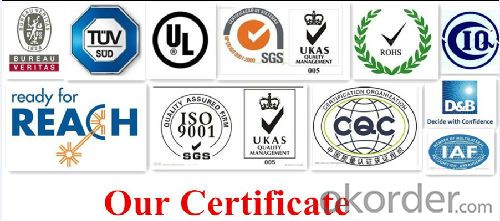
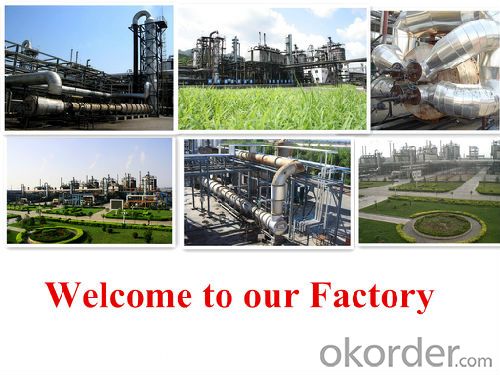
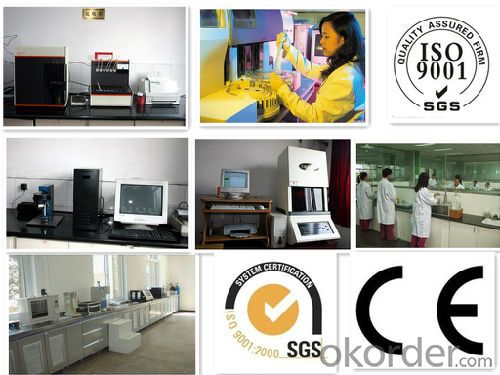
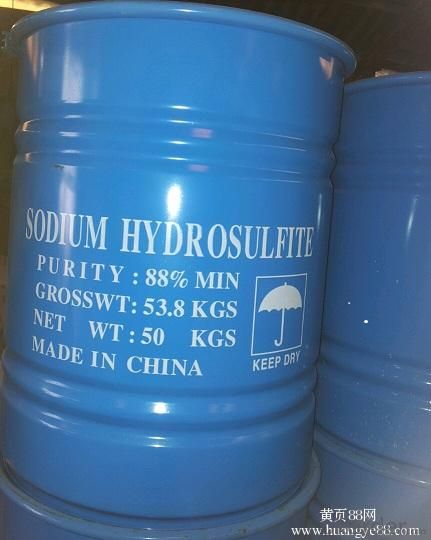
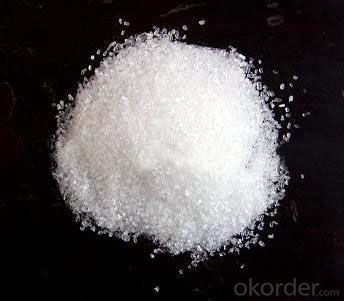

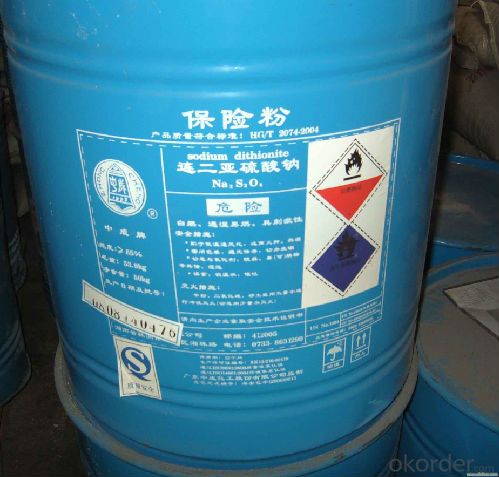
4.Sodium Hydrosulfite Specification
Standard:HG2932-1999
Index | Technical Grade HG/T 2074-2011 | Food Additive GB 22215-2008 | ||
Na2S2O4, | ≥ 90% | ≥ 88% | ≥ 85% | ≥ 88% |
Iron (Fe), | ≤20ppm | ≤ 20ppm | ≤ 20ppm | ≤ 20ppm |
Zinc (Zn), | ≤ 1ppm | ≤ 1ppm | ≤ 1ppm | ≤ 1ppm |
solution appearance | clear | clear | clear | clear |
EDTA, | / | / | / | qualified |
Arsenic(As), | / | / | / | ≤ 1ppm |
Other heavy metal( As Pb), | ≤ 1ppm | ≤ 1ppm | ≤ 1ppm | ≤ 1ppm |
Formate (As HCHO), | / | / | / | ≤ 0.05% |
water insolubles, | ≤ 0.05% | ≤ 0.05% | ≤ 0.05% | / |
Cadmium (Cd) | / | / | / | ≤ 2ppm |
Plumbum (Pb) | / | / | / | ≤ 5ppm |
5.FAQ
1)How many tons does your factory can supply each moth?
30000tons/month
2)How to quarantee the quality of the products?
you can arrange SGS&BV or other quality inspection.
3)How many days you need to pepare the cargo after we made the order?
within 30 days.
- Q:Would the amount of saltwater drops a penny surface could hold without spilling increase, or decrease, as the salt concentration increases? Also, maybe an explanation behind why it increases/decreases?Thank you!
- The source below says inorganic salts increase surface tension. In the present case increasing the concentration of salt (and so increasing the surface tension) would result in an increase in the number of drops being held on the surface of the penny.
- Q:The presence of inorganic salts
- The presence of inorganic salts is mostly present in the ionic state in a small number of compounds
- Q:Why does inorganic salts affect chemical degradation of organic wastewater
- Industrial organic waste water is highly toxic and stable pollutants, for such waste water is difficult to use conventional physical, chemical and biological methods. This paper summarizes the main processing technologies of biodegradable organic wastewater at home and abroad, including biological treatment, chemical treatment and physical treatment and various joint treatment processes. The methods or processes of various methods or processes are described.
- Q:How to get an inorganic salt
- Inorganic salts are salts of inorganic compounds, formerly known as minerals. Plant growth needs N, P, K three elements and Ca, Zn, B, Mg, S, Fe and other trace elements. Depending on the type and amount of inorganic salts required for plant life, the water and various proportions of inorganic salts are scientifically formulated into plant nutrient solutions. The method of cultivating plants with plant nutrient solution is called soilless cultivation. The inorganic salts used to prepare the nutrient solution are generally not available for extraction, such as potassium nitrate, calcium nitrate, magnesium sulfate, potassium dihydrogen phosphate, copper sulfate, zinc sulfate and the like, and the reagent may be a chemical fertilizer. The purity of the reagent is high and the impurities of the fertilizer are more. If you can not get it, you can use soil leaching solution (fertile soil plus fresh water, the liquid obtained after filtration), which generally contains a variety of inorganic salts.
- Q:CuMnFeNior ZnAlso metal calcium reacts with molecular hydrogen to form a compound. Which statement concerning this compound is not true?It's formula is CaH2it is ionicsolid at room tempwhen added to water, reacts to produce h2 gaswhen added to water, forms acidic solutionMy guess was going to be that it is not ionic, but i'm not 100% positive.Can anyone help me with these chemistry questions? Or atleast point me to some webpage that might help. Please and thank you.
- Only Zn compounds form colorless or white salts. The second question would be the last answer, which is false. It forms an alkaline solution when added to water.
- Q:Does the inorganic salt fight the mass spectrum?
- Can it be specific? What mass spectrometer, which inorganic salts. Do EI need samples can be vaporized, inorganic salts obviously not appropriate
- Q:What are the physiological functions of inorganic salts
- Maintain cell osmotic pressure and acid-base balance
- Q:what percent of dissolved salts found in seawater are minor inorganic salts, or trace?
- Seawater varies in composition a little but generally is about 3.5% salts. Of this about 3.1% is sodium chloride. So the remaining 0.4% is the other salts (Magnesium, Calcium and Potassium mostly, followed by just about every natural element in the periodic table in trace amounts)
- Q:What does salt form when it dissolves?
- ions. depending on which kind of salt: NaCl -> Na+ + Cl-
- Q:Does the plant absorb some of the inorganic salt?
- Plants absorb moisture and absorb inorganic salts are two relatively independent processes.
1. Manufacturer Overview |
|
|---|---|
| Location | |
| Year Established | |
| Annual Output Value | |
| Main Markets | |
| Company Certifications | |
2. Manufacturer Certificates |
|
|---|---|
| a) Certification Name | |
| Range | |
| Reference | |
| Validity Period | |
3. Manufacturer Capability |
|
|---|---|
| a)Trade Capacity | |
| Nearest Port | |
| Export Percentage | |
| No.of Employees in Trade Department | |
| Language Spoken: | |
| b)Factory Information | |
| Factory Size: | |
| No. of Production Lines | |
| Contract Manufacturing | |
| Product Price Range | |
Send your message to us
Good Quality of Sodium Hydrosulfite in China
- Loading Port:
- Qingdao
- Payment Terms:
- TT or LC
- Min Order Qty:
- 22 m.t.
- Supply Capability:
- 3000 m.t./month
OKorder Service Pledge
OKorder Financial Service
Similar products
New products
Hot products




